The European Parliament adopts proposed amendment to Medical Devices Regulation 2017/745 (MDR) to extend transitional deadlines for legacy Medical Devices | QbD Group
4:06
The European Parliament has adopted the proposal to extend the transitional period for legacy devices (i.e. those covered by a certificate or declaration of conformity issued under Council Directives 90/385/EEC or 93/42/EEC before the date of application (DOA) of the MDR 2017/745, May 26th, 2021. The goal of this extension is to maintain patients’ access to a wide range of medical devices while ensuring the transition to the new framework.
However, it’s important to note that they also set specific conditions manufacturers need to adhere to. We made an overview of the extended transition periods and listed the conditions that need to be fulfilled.
Extended transition periods
Conditions that already applied
- The device continues to comply with MDD 93/42/EEC or AIMDD 90/385/EEC, as applicable;
- There are no significant changes in the design and intended purpose;
- The requirements of MDR relating to post-market surveillance, market surveillance, vigilance, registration of economic operators and of devices shall apply.
New conditions
- The device does not present an unacceptable risk to the health or safety of patients, users or other persons, or to other aspects of the protection of public health;
- No later than 26 May 2024, the manufacturer has put in place a MDR 2017/745 compliant quality management system;
- No later than 26 May 2024, the manufacturer or the authorised representative has lodged a formal application with a notified body for conformity assessment in respect of the legacy device or in respect of a device intended to substitute that legacy device; No later than 26 September 2024, the notified body and the manufacturer have signed a written agreement. Meaning the notified body becomes responsible for surveillance of the legacy devices.
Extension of validity of certificates
MDD 93/42/EEC or AIMDD 90/385/EEC certificates that were valid on the date of application (DOA) of the MDR (May 26th 2021) can be placed on the market until the dates outlined in the table if all above conditions are met.
MDD 93/42/EEC or AIMDD 90/385/EEC certificates that already expired before this amendment comes into force have an additional condition to fulfil. They remain valid until the dates outlined in the table above only if one of the following additional conditions is fulfilled:
- Before the expiry date of the certificate the manufacturer and a notified body have signed a written agreement for the conformity assessment in respect of the device covered by the expired certificate or in respect of a device intended to substitute that device OR
- A competent authority has granted a derogation from the applicable conformity assessment procedure (article 59(1)), or has required the manufacturer to carry out the applicable conformity assessment procedure (article 97(1)).
Furthermore, the ‘sell-off’ date is removed. This deletion applies to both medical devices and IVDs. The ‘sell-off’ date is the end date after which devices that have already been placed on the European market, and remain available for purchase, should be withdrawn. Removing this ‘sell-off’ date will ensure that safe and essential medical devices that are already on the European market remain available to healthcare systems and to patients in need.
This amendment gives Notified Bodies more time to assess the conformity of MDD and AIMDD devices while manufacturers can continue placing their legacy devices on the market. Manufacturers however, still need to have their QMS and Technical Documentation compliant with MDR requirements before 26 May 2024. As this is the date they need to provide the Technical Documentation to the notified body as part of the formal application for conformity assessment.



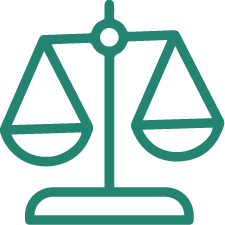








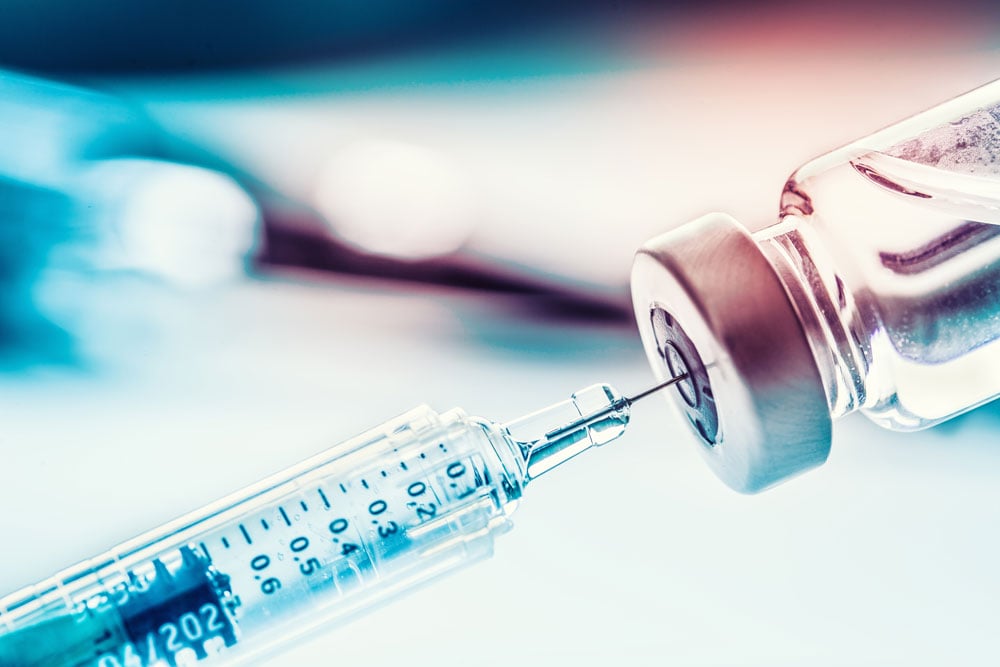
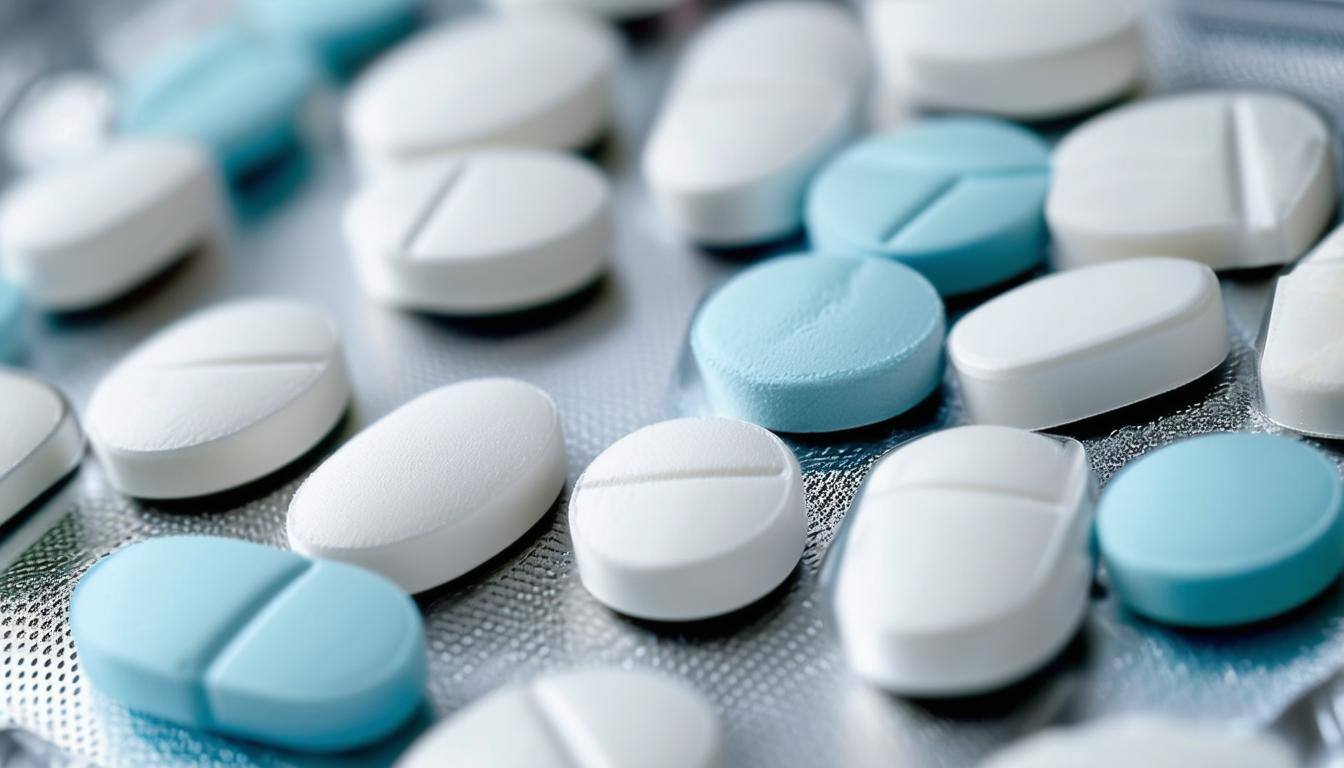
%20Checklist.jpg)


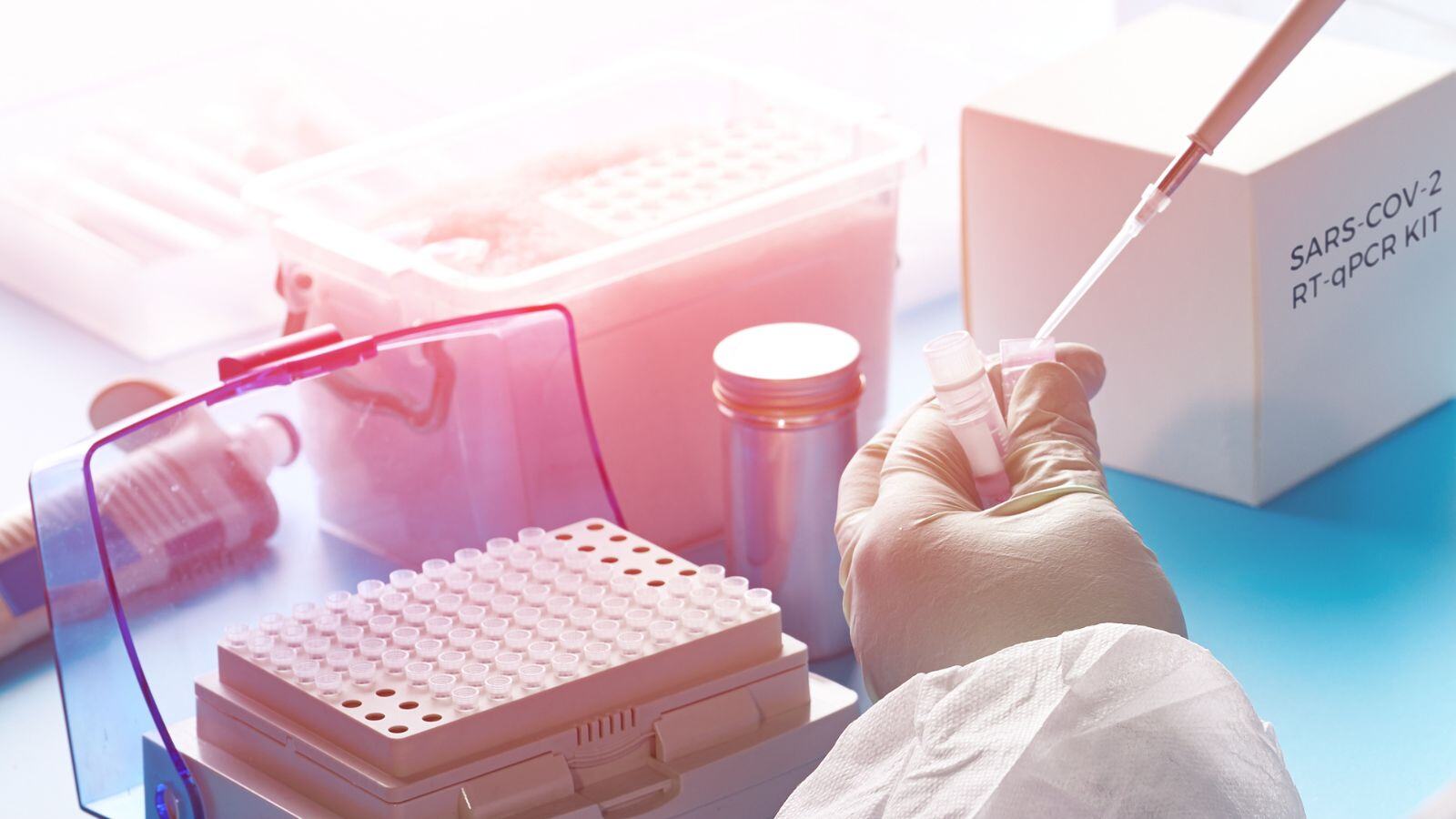
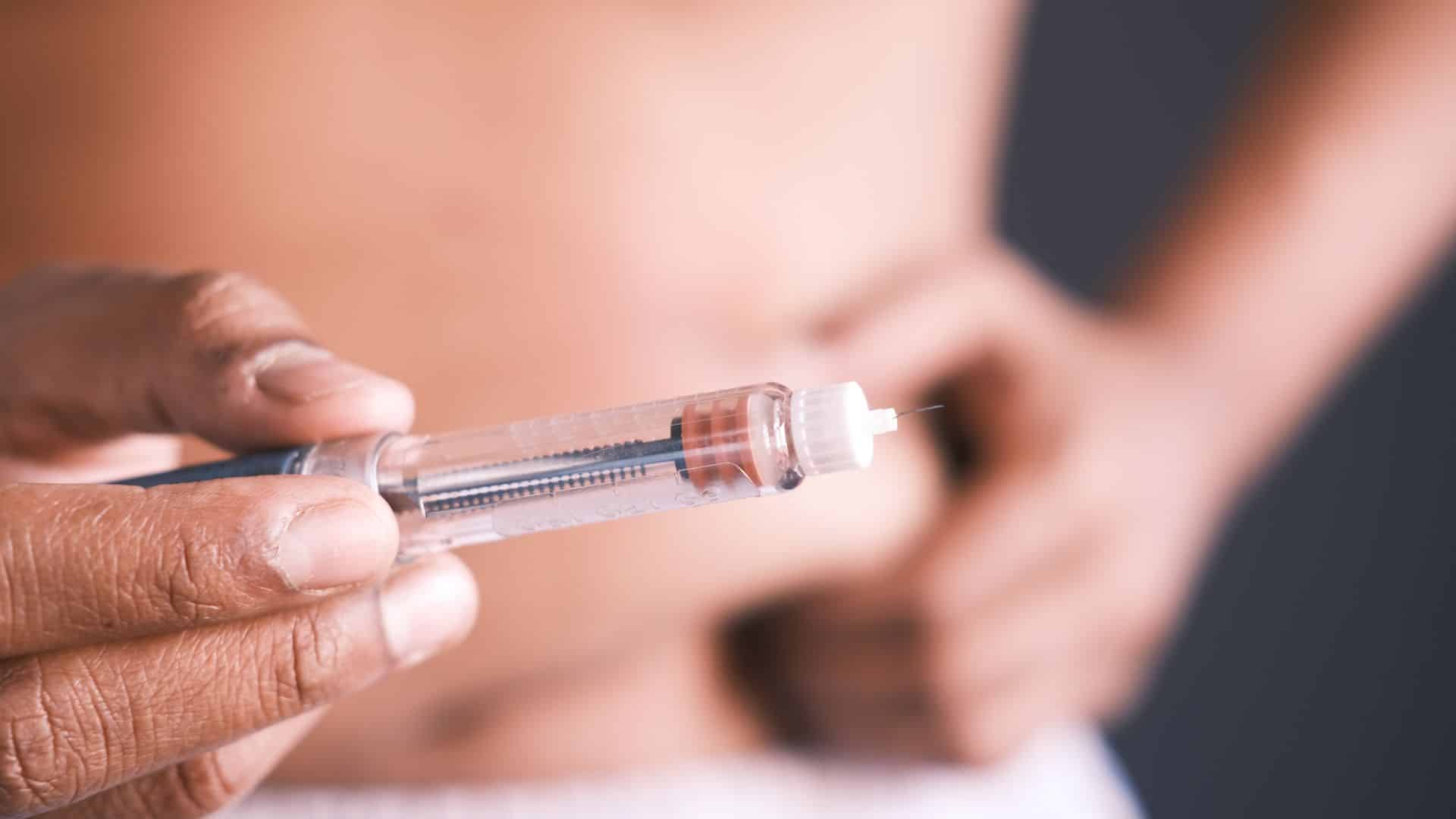


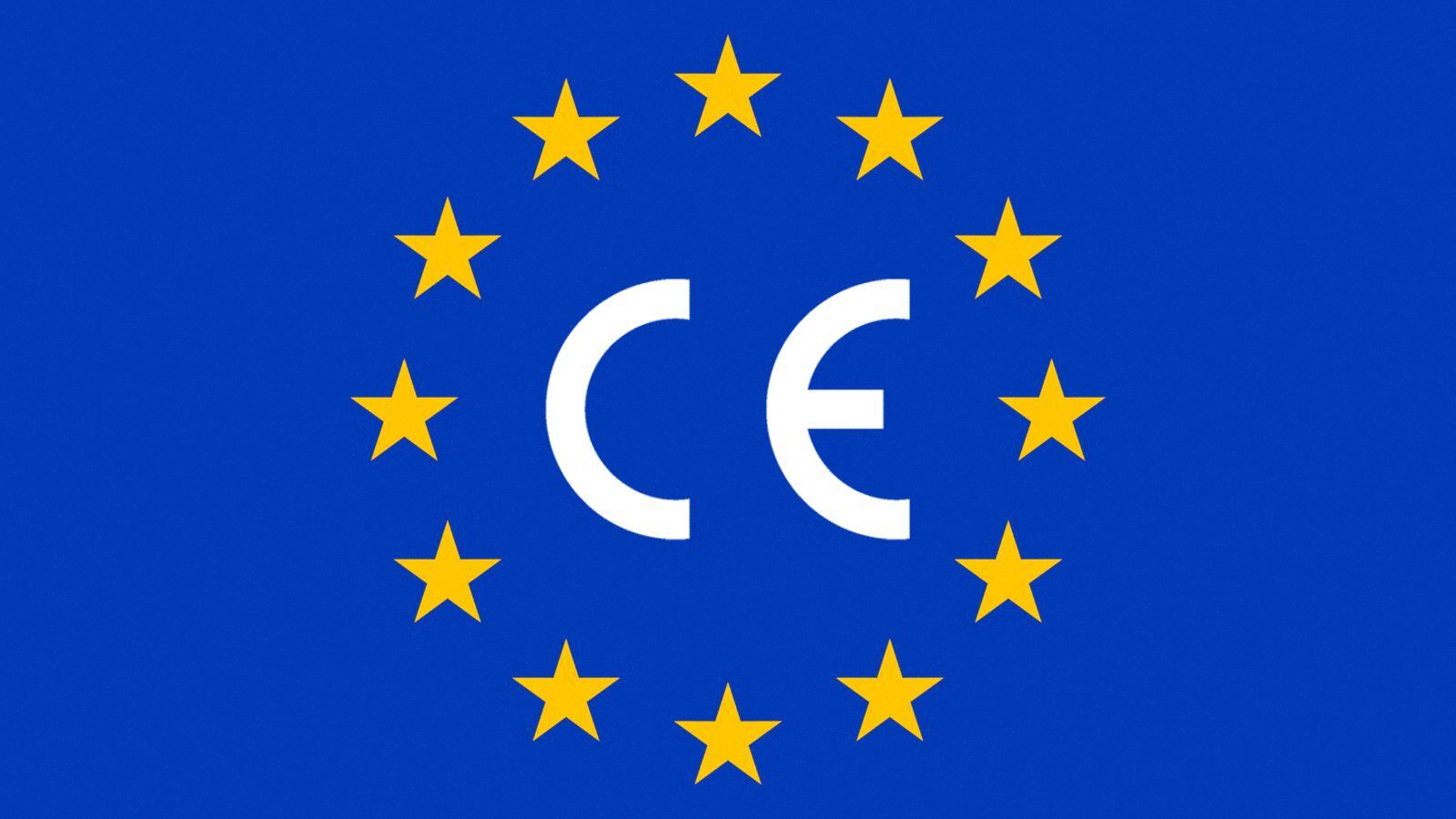

.jpg)

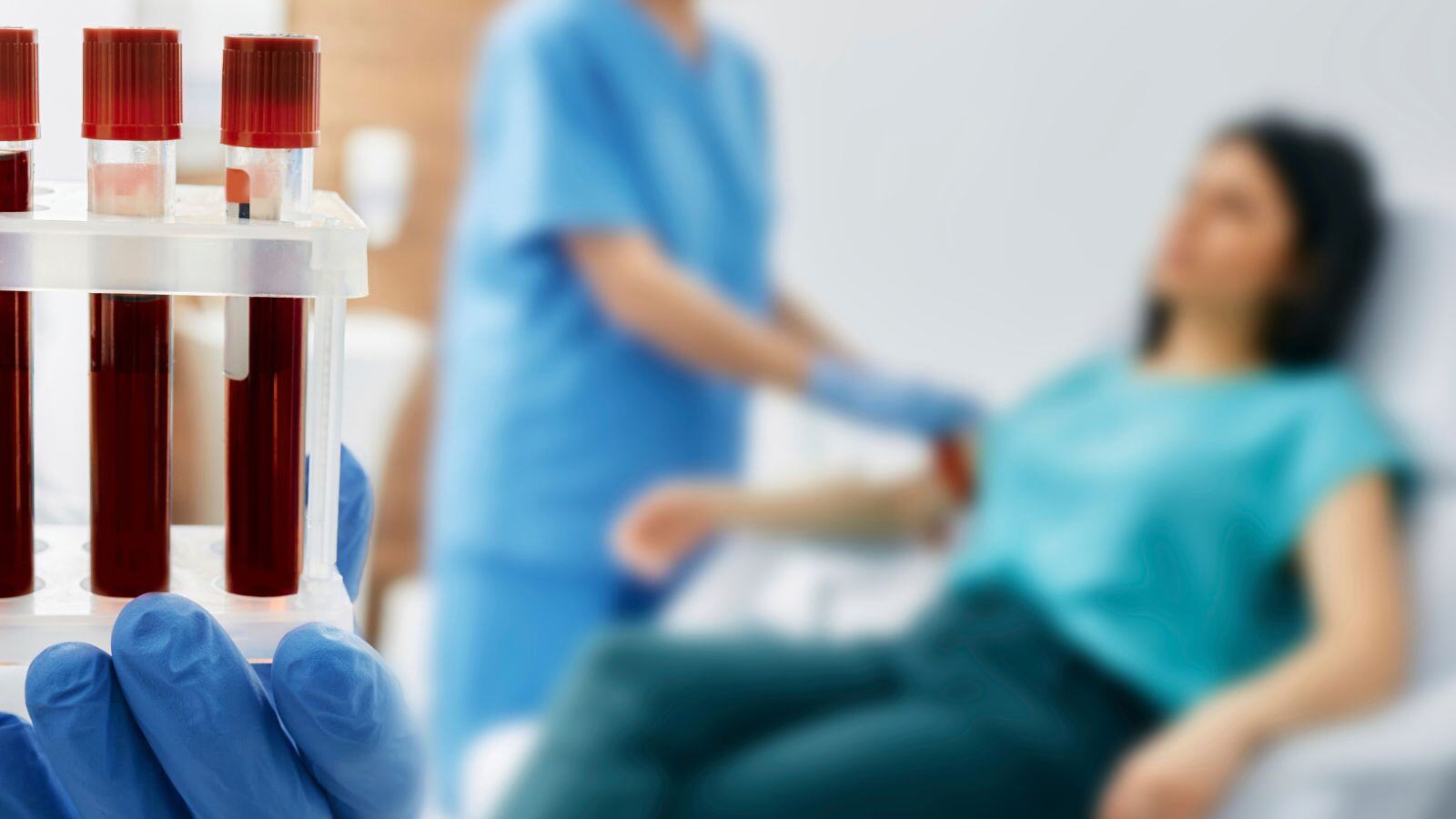


.jpg)
.jpg)

.jpg)

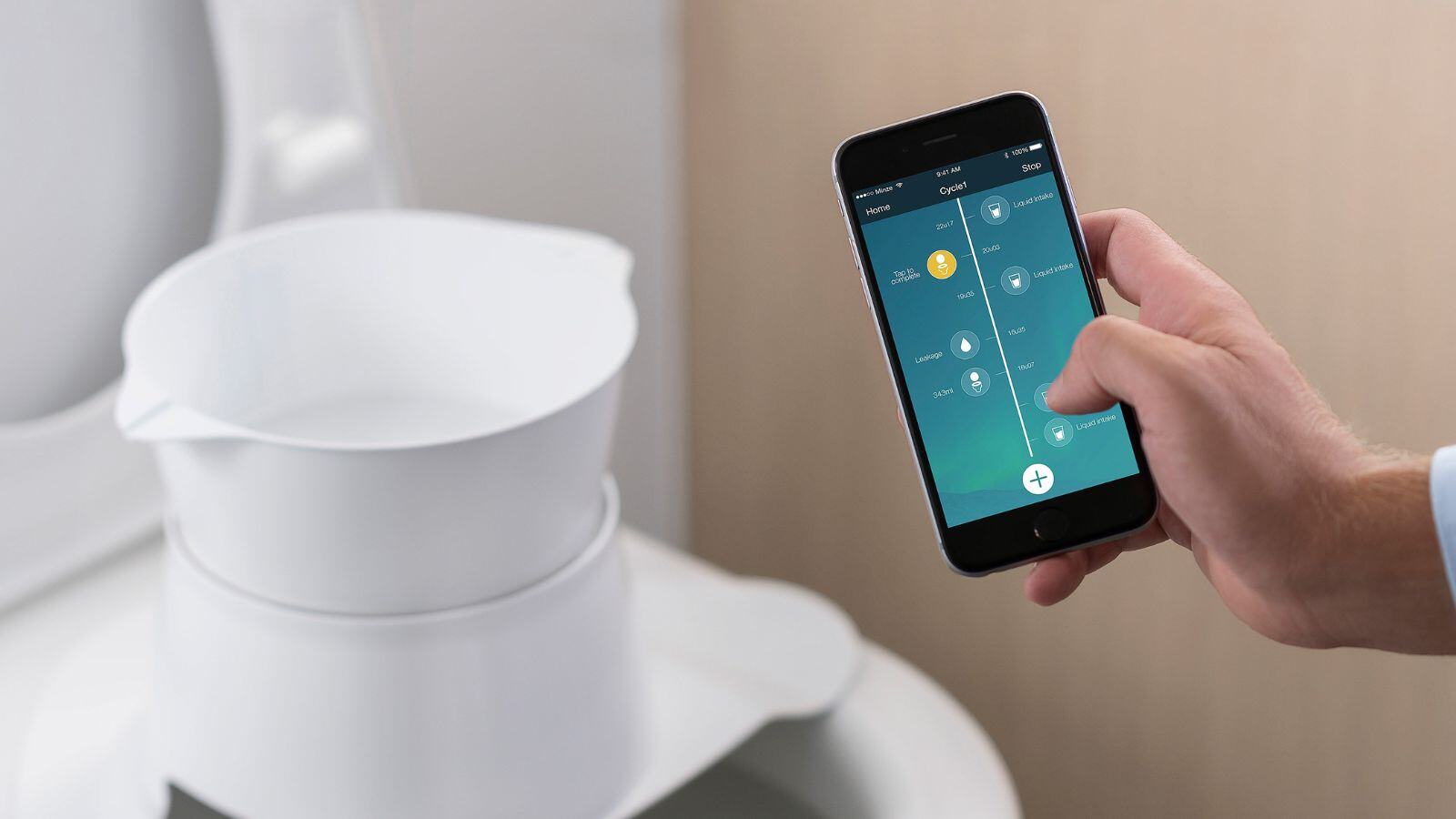
.jpg)
.jpg)
.png)